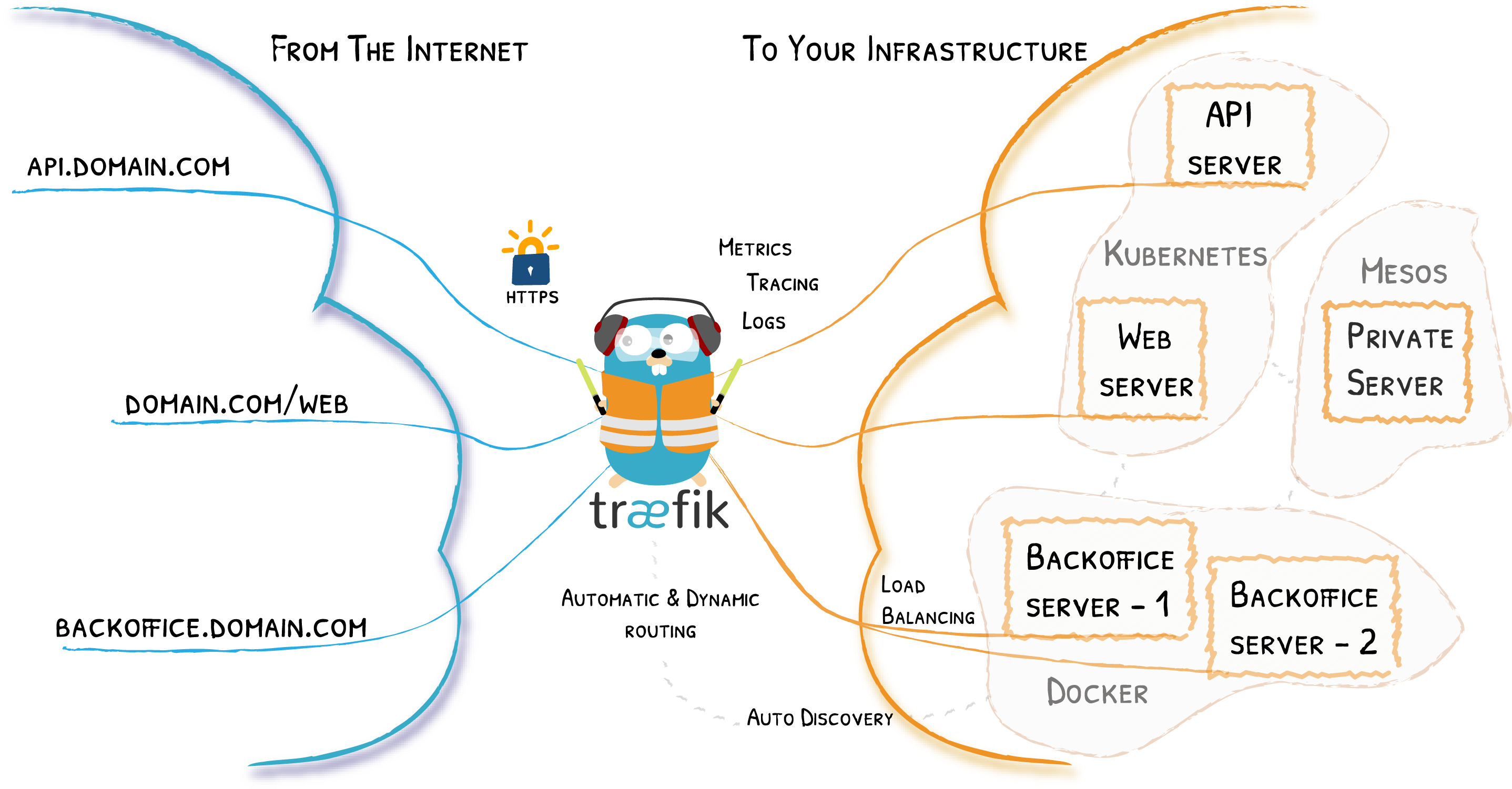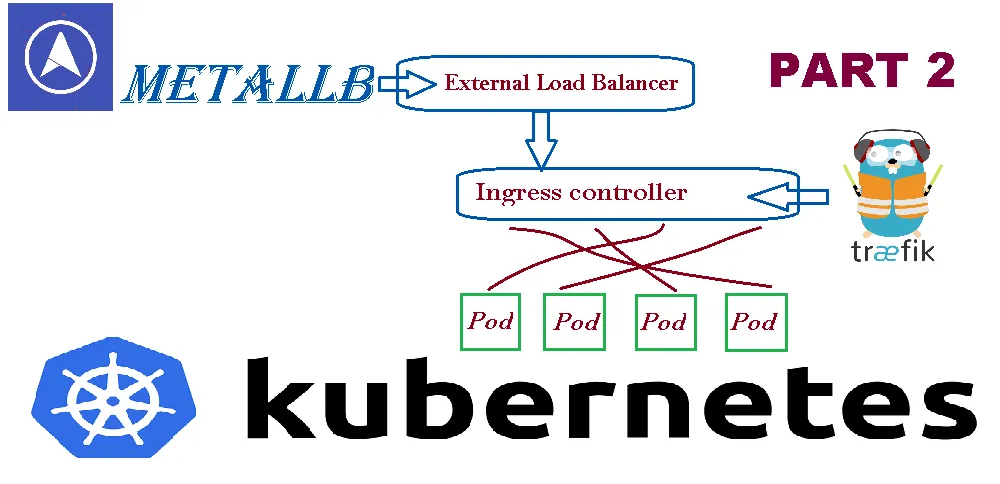Traefik Kubernetes Tutorial
When deployed into Kubernetes Traefik reads the environment variables KUBERNETES_SERVICE_HOST and KUBERNETES_SERVICE_PORT or KUBECONFIG to construct the endpoint. A helpful tutorial can also be found here.

Kubernetes Traefik 101 When Simplicity Matters Dev Community
Lets deploy a simple application to validate our Ingress Controller setup.

Traefik kubernetes tutorial. A running Kubernetes cluster. Start Today and Become an Expert in Days. Ad Learn Kubernetes Online At Your Own Pace.
If you are new to Traefik heres an overview of basic concepts. You can find also detailed information in the official traefik website. To set up Traefik copy paste the following command line.
Minikube GKE EKS AKS or k3s with Helm 3x installed. Since Version 2 Traefik supports Kubernetes Ingress and acts as a Kubernetes Ingress controller. First you need to provide some description files for traefik installation in Kubernetes.
Add Traefiks chart repository to Helm. First create a application directory. We will have 3 subdomains being mapped to containers from the below docker images.
Docker-compose up -d reverse-proxy. Now you can launch Traefik. Helm install stabletraefik --set dashboardenabledtruedashboarddomaindashboardlocalhost.
Ad Learn Kubernetes Online At Your Own Pace. You have multiple ways to configure how your apps will be installed through Helm. Getting Started with Traefik.
In this tutorial we will set up Traefik as the Ingress controller in your Kubernetes cluster. Of course you can still use IngressRoute objects if you need them for specific requirements. Join Millions of Learners From Around The World Already Learning On Udemy.
To follow this tutorial you will need a working Kubernetes cluster eg. Traefik 2 built-in dashboard Deploy an application. One of them is the use of a configuration file.
Join Millions of Learners From Around The World Already Learning On Udemy. Listen to incoming traffic. We will use the whoami application.
You can now use plain Kubernetes Ingress Objects together with annotations. Traefik Detects New Services and Creates the Route for You. Start Today and Become an Expert in Days.
The first of which is to create define the controller within Kubernetes followed by the deployment of the ingress controllers pod. Deploying an ingress controller is a two-step process. It allows you to version and configure your apps to fit your needs.
To install Traefik we will use Helm 3. Helm is a wonderful tool to easily install applications in Kubernetes. This workshop is perfect for the beginner who wants to follow along with their own deployment testing out their success along the way.
Helm repo add traefik httpscontainousgithubiotraefik-helm-chart. Kubectl create deploy whoami --image containouswhoami deploymentappswhoami created kubectl expose deploy whoami --port 80 servicewhoami exposed. The access token is looked up in varrunsecretskubernetesioserviceaccounttoken and the SSL CA certificate in varrunsecretskubernetesioserviceaccountcacrt.
You can open a browser and go to httplocalhost8080apirawdata to see Traefiks API rawdata well go back there once we have launched a service in step 2. During this workshop Jakub Hajek takes you through 15 lessons to get started using Traefik with Kubernetes. Then we will make use of our new Traefik by defining an ingress rule.
This is an alternative to the Traefik specific ingressRoute objects. In this tutorial we will setup Traefik as an Ingress Controller on Kubernetes and deploy a logos web app to our Kubernetes Cluster using frontend rules to map subdomains to specific services. To complete examples used below youll need the following prerequisites.
Start your reverse-proxy with the following command. In this tutorial you will be guided through the process of deploying an ingress controller based on Traefik.

Setup On Premise Kubernetes With Kubeadm Metallb Traefik And Vagrant By Peter Gillich Medium

How To Configure Traefik For Routing Applications In Kubernetes By Alibaba Cloud Medium

Install Traefik Ingress Controller In Kubernetes

Kubernetes Traefik 101 When Simplicity Matters Dev Community